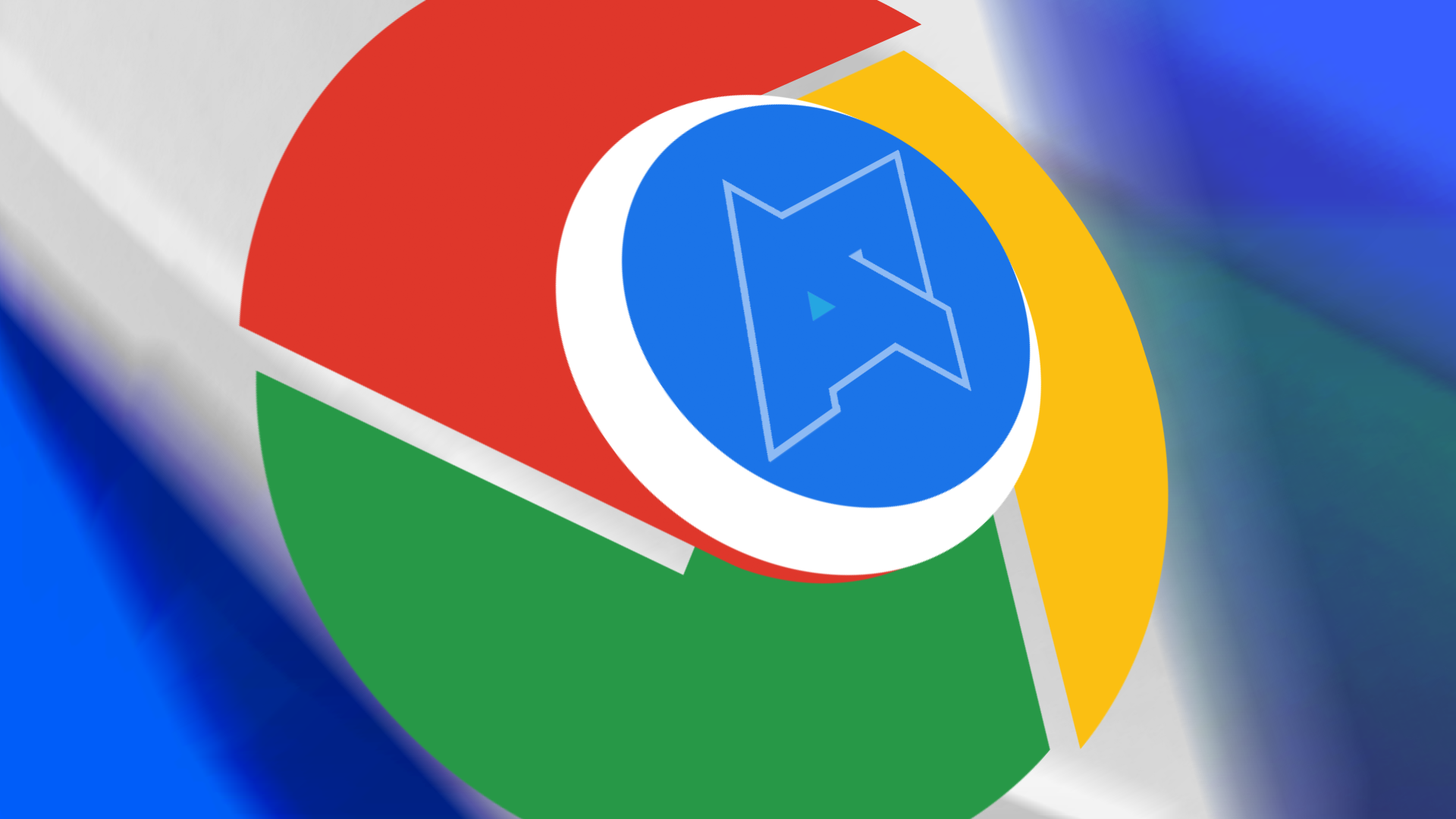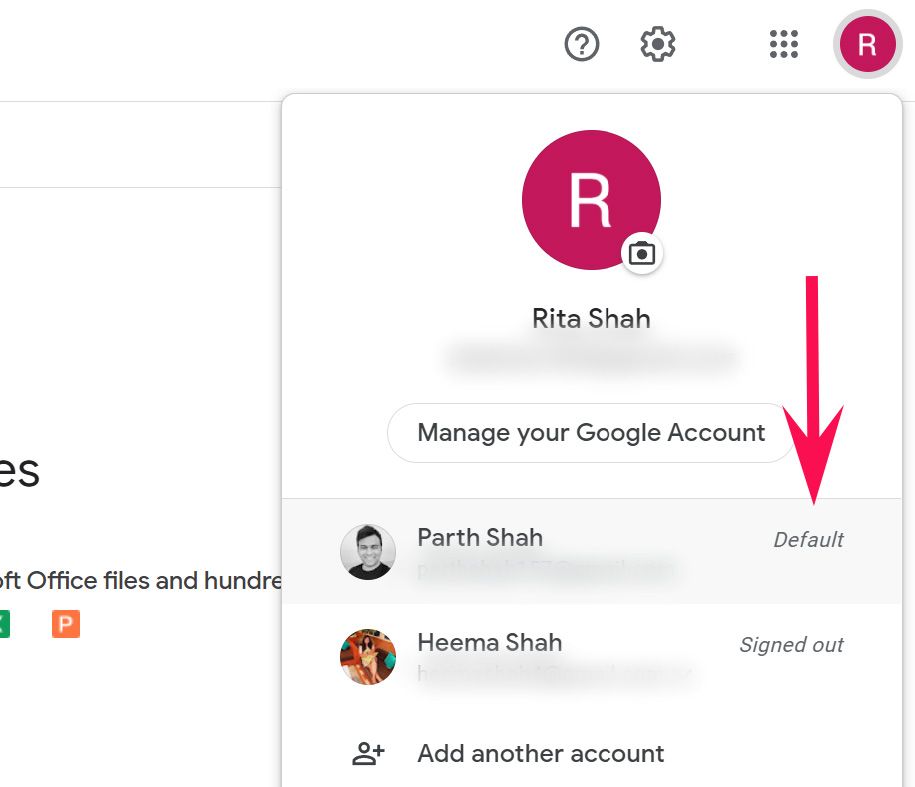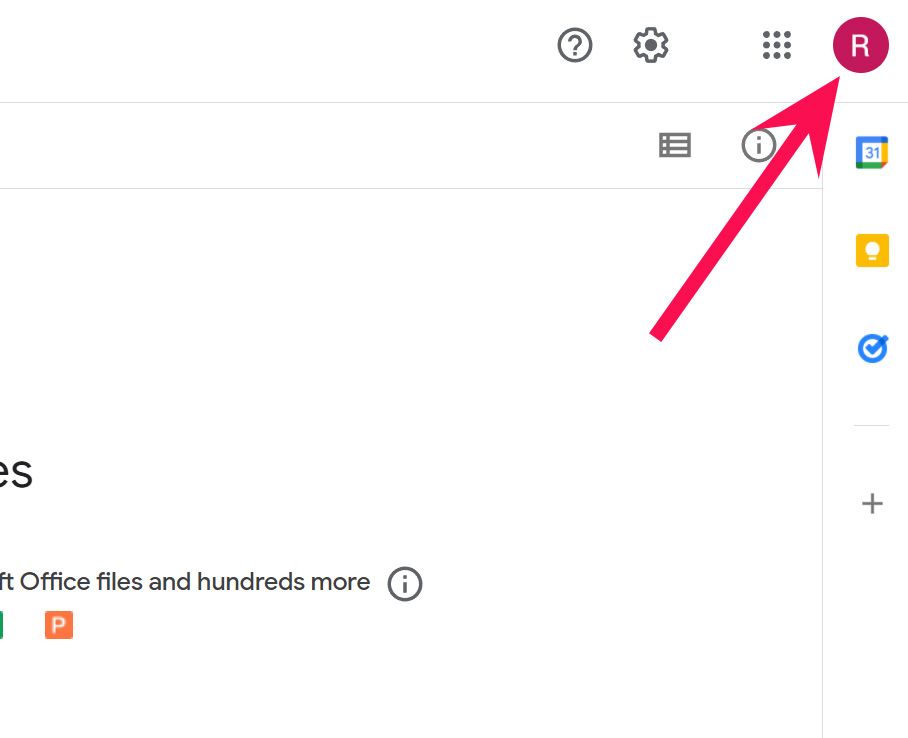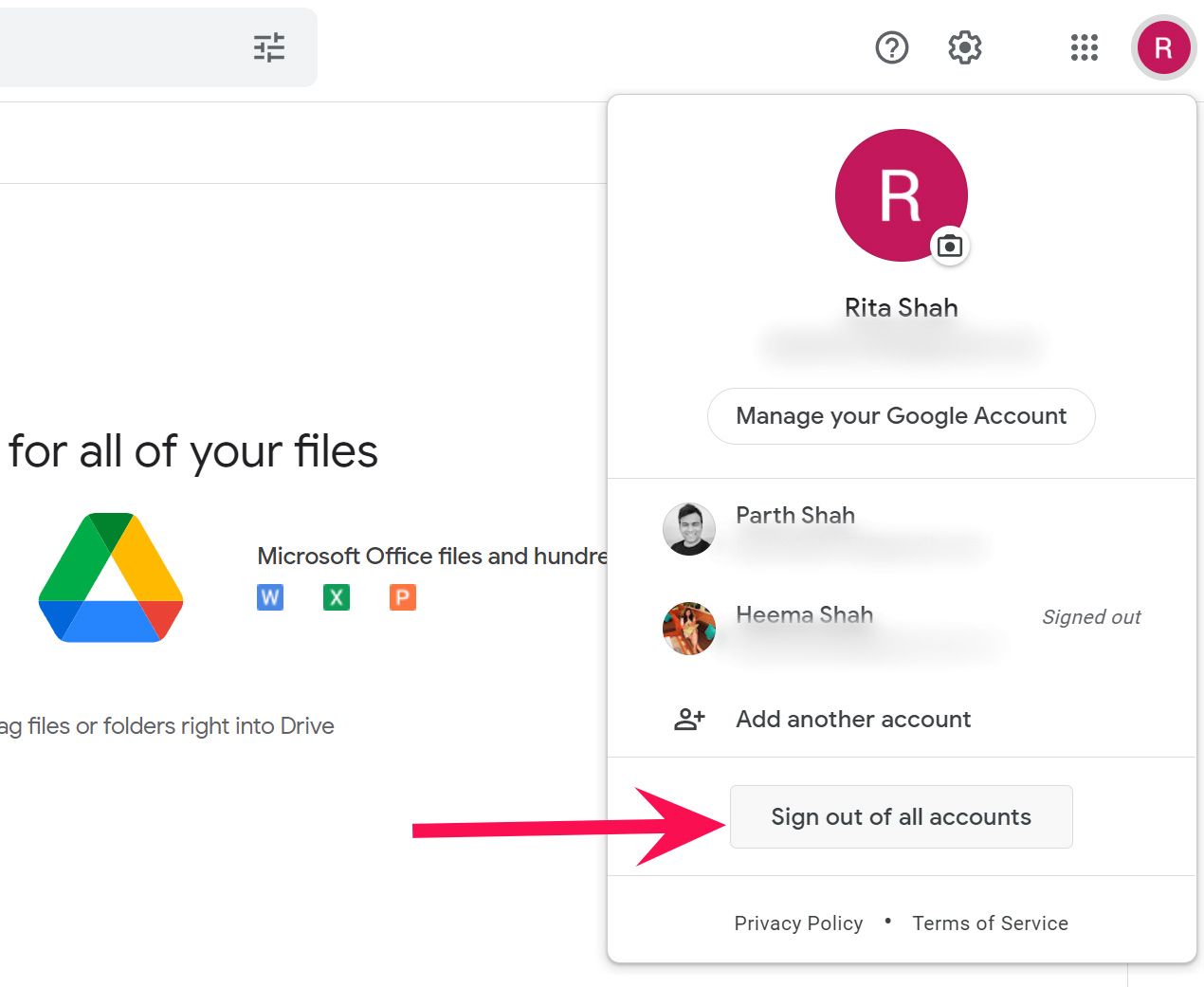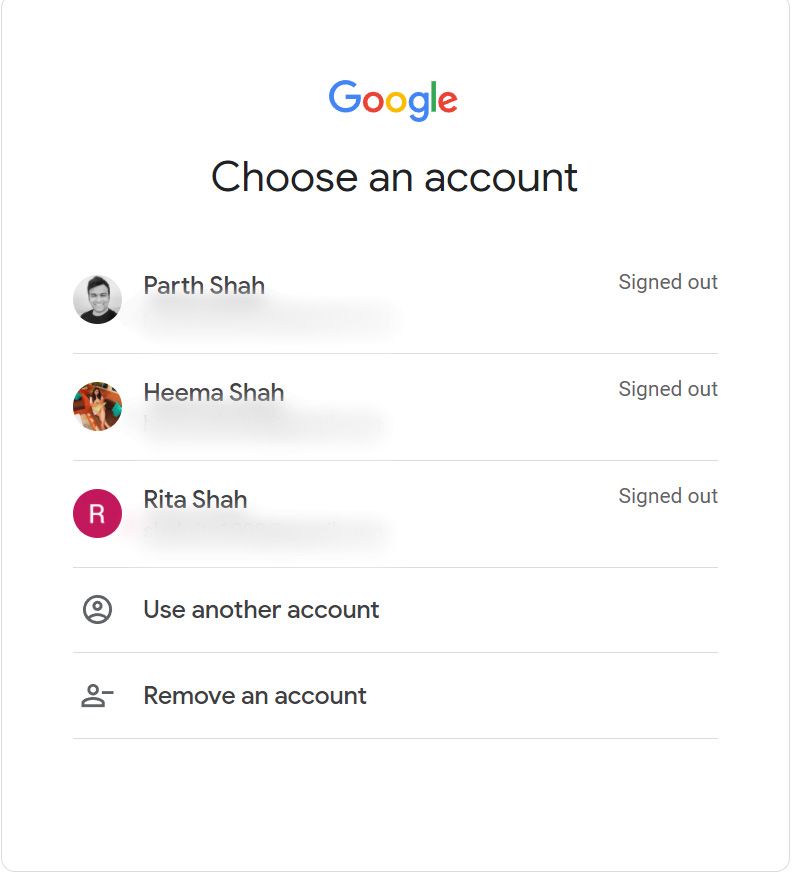Google marks one account as your default in each browser on your desktop computer, much like Google sets one of your accounts as a default on Android. The practice makes it easier for users to sync data like account settings, bookmarks, Google Calendar, and more across Chrome on a mobile device, Chromebook, or another computer. It also dictates which account is loaded by default when using Google services. If you have a work account and constantly switch to your secondary account when you get home, you may want to change the default from the first account.
What is my default Google account?
The Google ID you use to sign in for the first time in a browser is set as the default account. The desktop browser uses this Google account on all the company's web services like Drive, Calendar, Gmail, Docs, and so on. It's the one that appears on the top of the account switcher menu in the upper-right corner of each Google website. If you don't want to keep switching to your secondary but more commonly used account, it's time to change the default.
Default Google account on desktop: Google Chrome vs. other browsers
Your default Google account is more capable on Google Chrome compared with Microsoft Edge, Safari, Firefox, and other browsers on the desktop. Chrome syncs bookmarks, history, passwords, payment, and address information to your default Google account.
Other desktop browsers use the default account to determine which account to default to when visiting a Google service on the web. Your browsing data remains separate from your Google account.
Change the default Google account on the web
You can't simply select another Google account as the default one and get the job done. You must sign out of all accounts and sign back in with your preferred Google ID first.
Here's how to change the default for good:
- Visit any Google service on the web. In the screenshots below, we use Google Drive as an example.
-
Click the circular profile icon in the upper-right corner. You will see your initials if you haven't set a profile picture for your Google account.
-
From the drop-down menu, select Sign out of all accounts.
- You are now signed out from all the added Google accounts.
-
You can either select one of the signed-out accounts or use a new Google account when you log in again. The first Google account you use here is set as the default.
- After you select a Google ID from the list or add a new Google account, the next screen asks you to enter the account password.
- If you set up 2FA (two-factor authentication) for your Google account, the company asks for further verification.
- Complete the authentication process.
- Enjoy a new default Google account on the web.
From now on, you will see the new default account in action whenever you visit any Google service through a browser.
Any changes you make only apply to your Chrome browser. If you use another browser on the desktop, it continues to use the first Google ID you used during setup as the default. You must go through the same steps again if you wish to change the default Google account on a different browser.
Sign in and text until you can't text anymore
Now that you've got your default Google account all sorted on Chrome, take a few minutes to set up Google Messages on your browser so that you can send text messages without picking up your phone, mirroring the seamless experience between Mac and iPhones on iOS.

